So what? There are no obvious clues, but this unassuming little place has a great sporting heritage. It used to be the Football Inn, and is one of the oldest surviving football-related buildings in Britain with a history stretching back 250 years.
The earliest record dates from 1774, when Joshua Craven inherited the Foot-ball Inn and the nearby George and Dragon from his father, also Joshua. Its name was reputedly taken from the football taken as a trophy after a fierce competition between Kendal and a neighbouring town. For many generations the ball hung in the kitchen, and it appears to have had a football-shaped sign outside.
Newspaper cuttings reveal some of the history of the pub, which for the early part of the nineteenth century was owned and managed by the Brocklebank family, then a variety of tenants held the lease: Henry Winter, Mrs Unsworth, John Richardson, William Hodgson, Peter Mortimer and Thomas Kay. It was a popular meeting place for local groups such as Kendal Friendly Society, formed in 1785.
In 1891 Kendal Corporation purchased the Football Inn for £1,740 with a view to improving access to the market hall next door (now Westmorland Shopping Centre). They later changed their minds and decided to sell it again and the inn's alcohol licence was not renewed in 1904. George Sill was the last landlord.
It appears to have been quickly forgotten, as James Clarke's monumental History of Football in Kendal (1908) makes no mention of the Football Inn – but then his focus was on the modern game rather than its medieval folk origins.
Thankfully the building has survived as a café. It is Grade 2 listed, and although the ground floor has been completely modernised, the upper two floors retain the original stone frontage. The title deeds are held in Cumbria archives.
Below are some 19th century newspaper clippings (from the British Newspaper Archive):

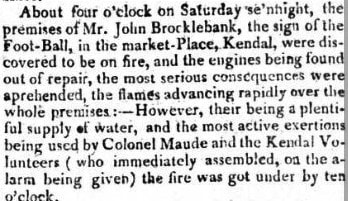

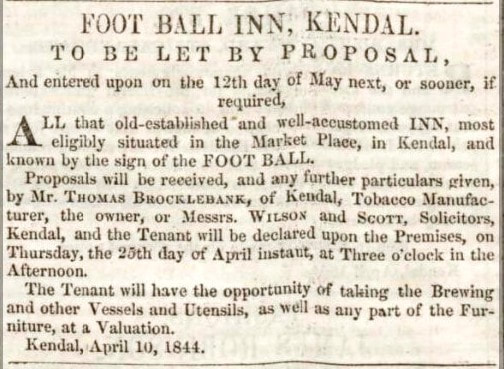
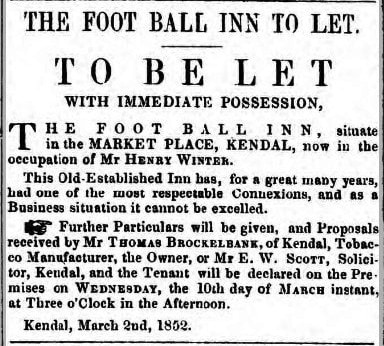

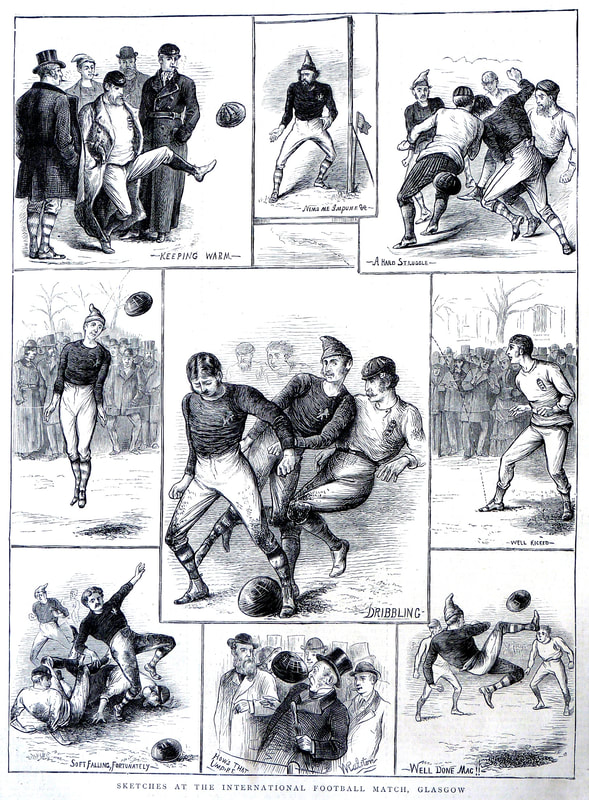

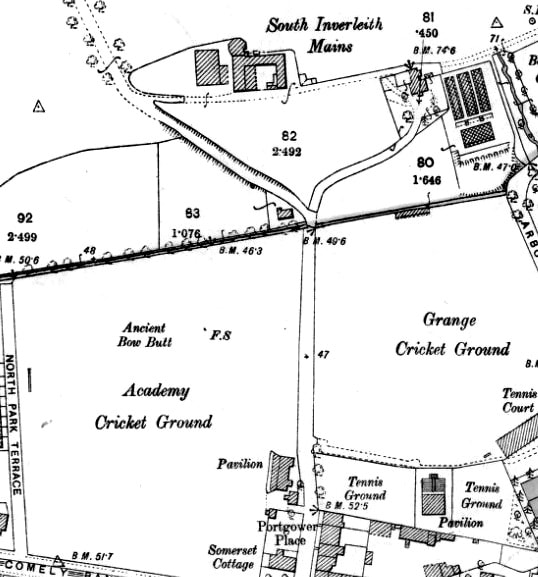

 RSS Feed
RSS Feed